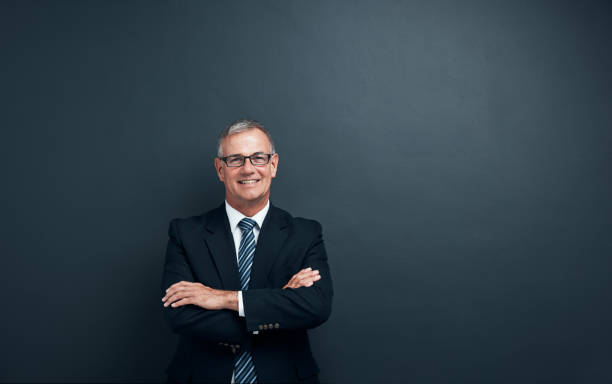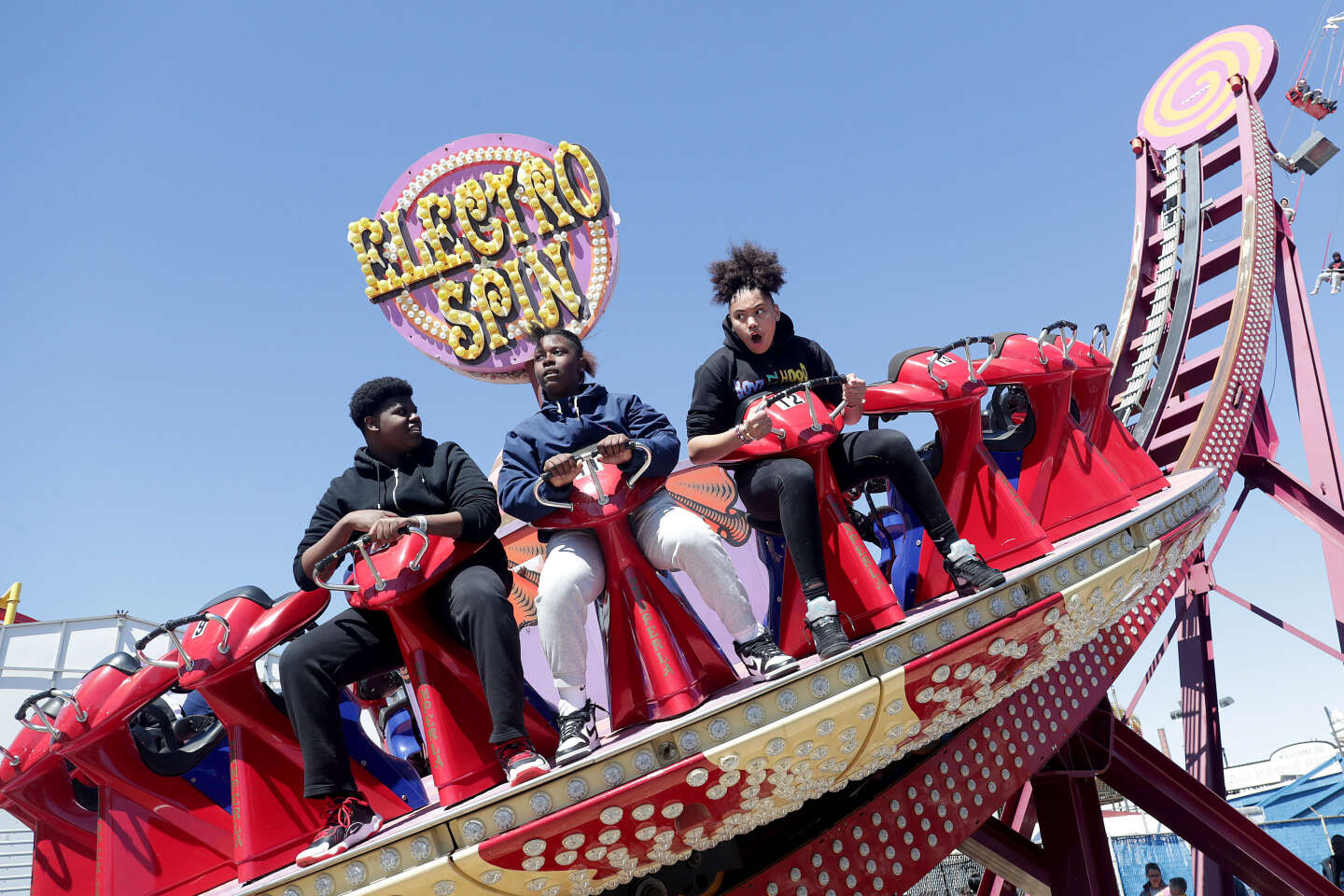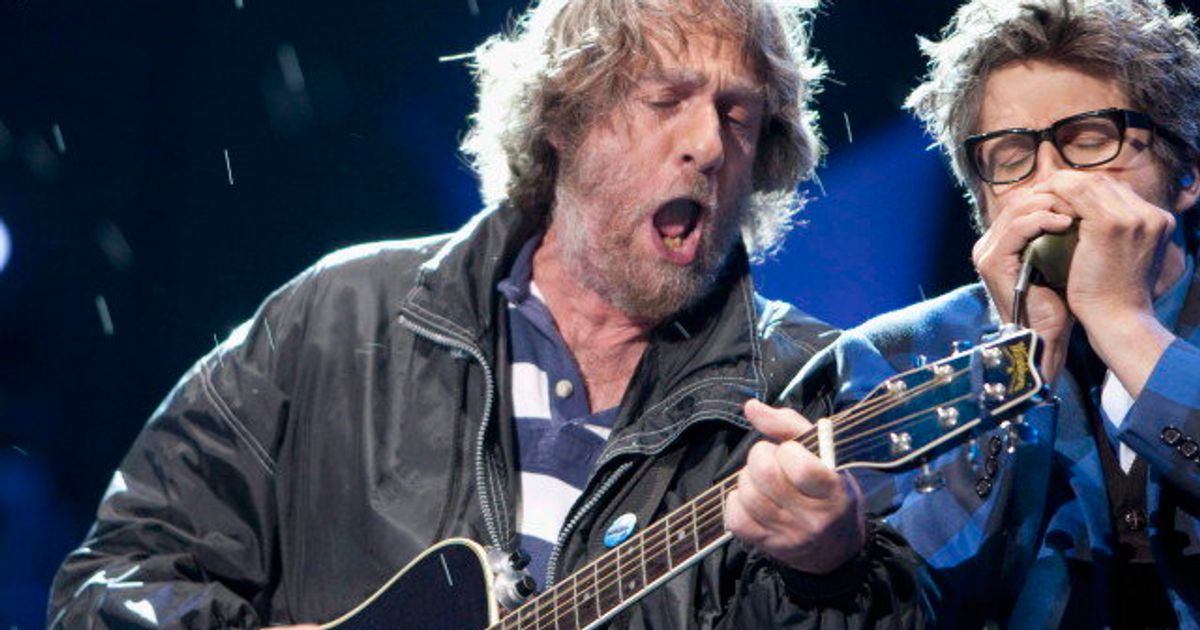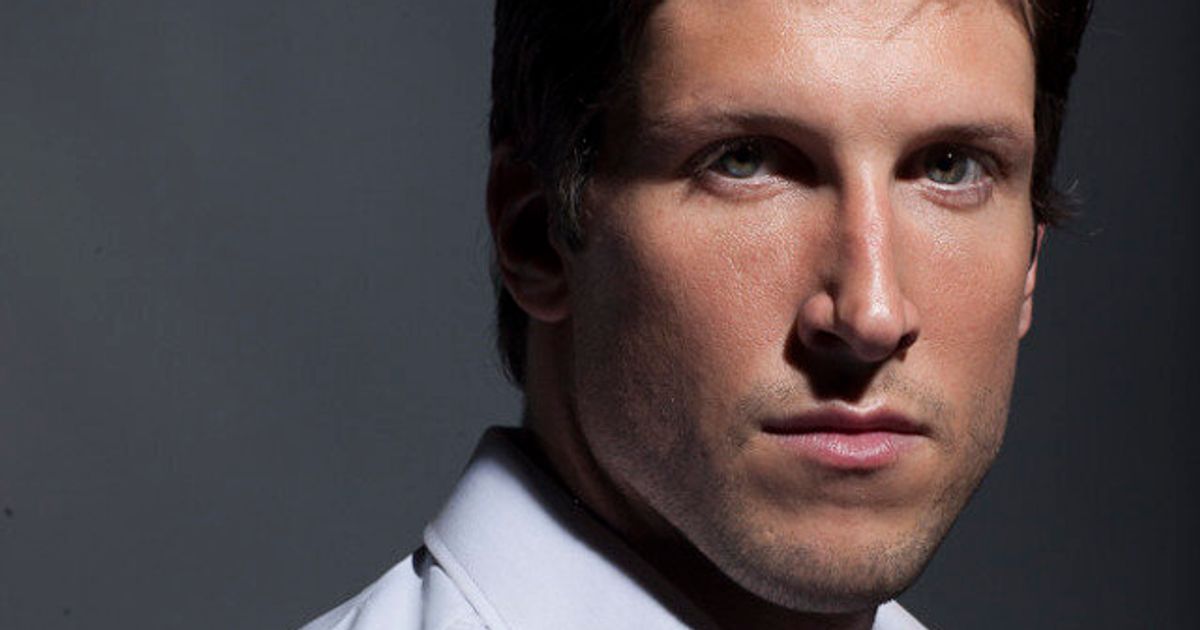It was 2018, one of the first summers in New York, the summer of discovery: in the muggy and oppressive heat, we took the subway as a family to Coney Island, in south Brooklyn. When we arrived the sky was dark. We lay down on the sand, which was too hard, and then bathed in light gray water, undoubtedly clean but cloudy, without the slightest smell of iodine that is the charm of the ocean. And then the storm broke. The crowd in bathing suits fled under the awnings of the changing rooms in a cheerful atmosphere. Wet body promiscuity, ages and ethnicities—White, Indian, Latino, Black—so rare in the United States. It is the extraordinary character of Coney Island, its beach and its amusement parks, including the famous Luna Park.
Then we bravely bought a $10 ticket for a roller coaster, the Thunderbolt, which has the strange idea of falling vertically and chaining several loops: two minutes of excitement and three hours of nausea. We ended up buying a hot dog and fries and then we drove back to Manhattan. Coney Island is New York’s amusement park. The Anti Disneyland.
Coney Island is located on a stretch of beach washed away by the Atlantic and has been accessible by rail since the late 19th centurye Century. When Brooklyn Mayor Edward Riegelmann dedicated the boarded boardwalk separating the vast beach and amusement parks in 1922, he proclaimed it Coney Island “America’s Playground”. At the foot of a giant wheel of wonder that will soon be celebrating its 100th anniversary, DJ Vourderis, who runs this carousel with his family, keeps the legend alive. “No matter where you came from, who you prayed to, where you lived, people came to Coney Island to have fun, forget their worries and live the American Dream. It is the place where people line up and share the same basket, even when their countries are at war.”he says, referring to Ukrainians and Russians who continue to have fun here.
“A place of gathering, of unity”
On this Saturday in June, families flock to Coney Island like they did a century ago. “There is always something new here”, says Gloria Choez, an Ecuadorian who took the subway from Queens with her four children. Everyone was happy to come out soaked in a new water attraction. “My parents were from Brooklyn and were in Coney Island together in the 1960s.”, says another visitor, Alex Picciano. His African American friend Nuwoe Goteh only discovered Coney Island in 2022: “When you live in New York, you can’t imagine that a place like this exists. It’s much more accessible [que Disneyland] For people who have less money, it’s very democratic. I love that you meet so many different people there. »
You have 74.44% of this article left to read. The following is for subscribers only.

Thinker. Professional social media fanatic. Introvert. Web evangelist. Total pop culture fan.







